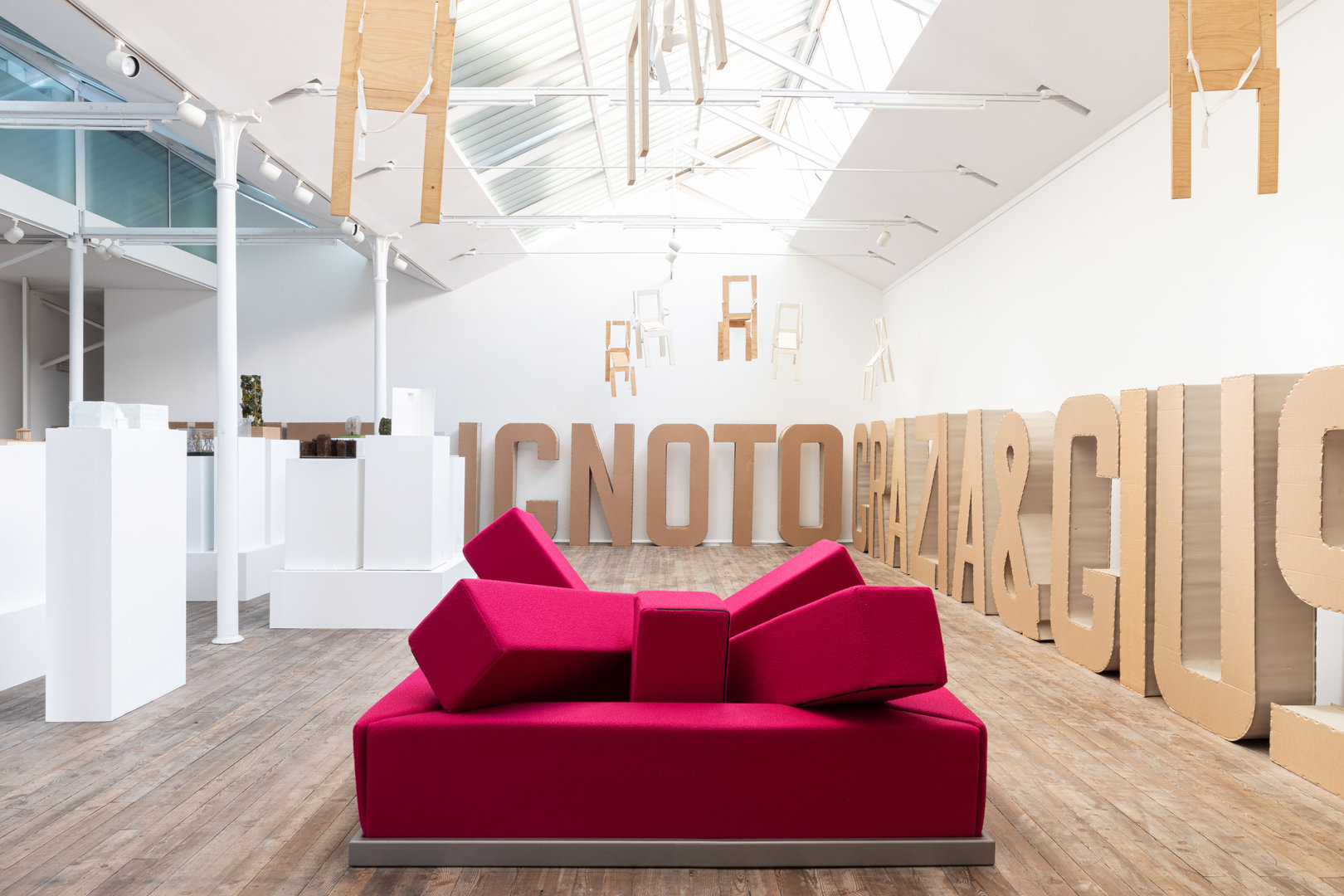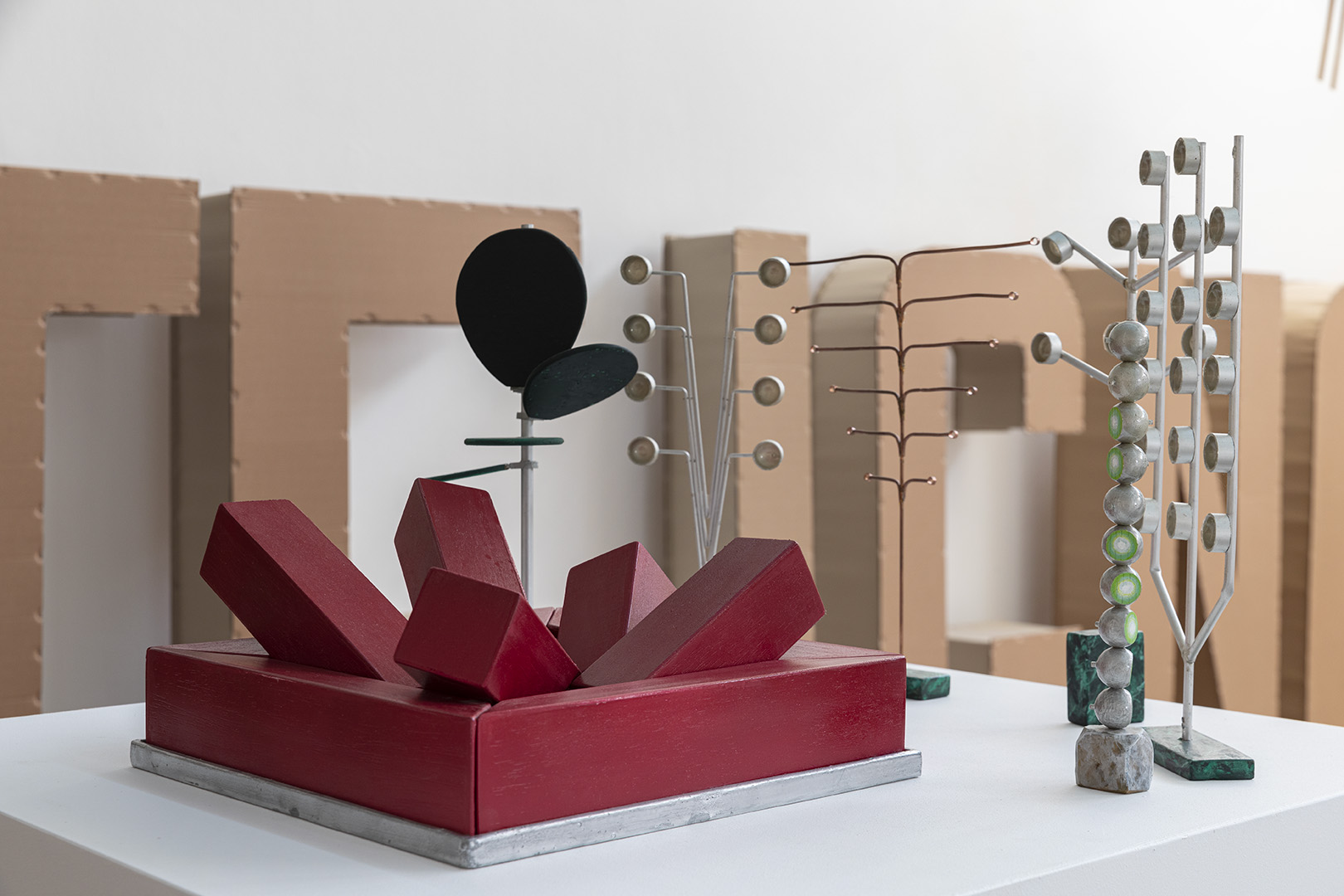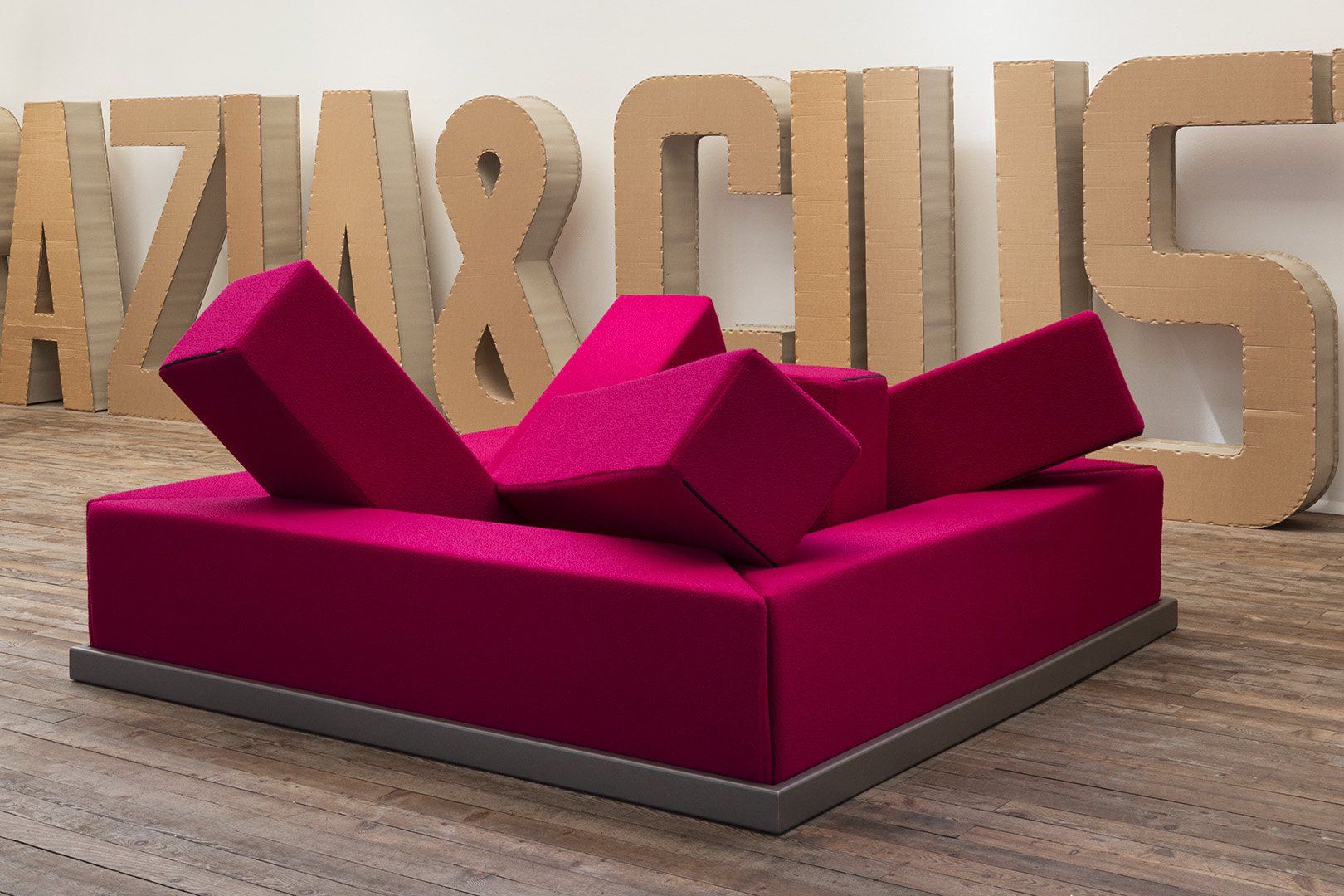
Turn on, Tune in, Drop by… Gianni Pettena… Per parole e per immagini…
May 31 – June 30 Milano Design Week 2022
Turn on, Tune in, Drop by… Gianni Pettena… Per parole e per immagini…
Spazio Maria Calderara, via Lazzaretto 15, Milan
Centro Studi Poltronova presents
RUMBLE by Gianni Pettena
as part of a specific exhibition entitled “Turn on, Tune in, Drop by”.
The historic space at Porta Venezia is opening its doors to an exhibition dedicated to a key figure of radical Italian architecture: GIANNI PETTENA.
In the context of the setting for the “anarchitect”, a place of honour will be reserved to RUMBLE, the sofa he designed in 1967, a long time element of the permanent collection of the Centre Pompidou.

The design of this sofa derives from the experience of living in a large place, originally a 19th-century atelier for artists, where the furniture had to be conceived on the scale of the place and not on a human scale. It is an object that dialogues with the volume of the overall space and takes into account the fact that that is where it is used. The sofa is a simple, original form, a womb where everything happens or has already happened, but which still suggests possibilities, other things that can happen there. It is an object that breaks up form as it breaks up function; it acquires meaning when the clean geometry of the initial status quo is upset by equally ungrammatical functions. Gianni Pettena is an architect, artist, critic and architectural historian. Co-founder and inspirer in the late 1960s of the Italian Radical Architecture movement, from which much of the contemporary experimentation in the field of architecture and design originated, he carries out experimental work aimed at eliminating disciplinary boundaries and revisiting and reinventing alphabets and languages through projects, furniture, installations, exhibitions, theoretical writings, essays and texts.
«The necessary condition for innovation and conceptual and linguistic updating is that of a continuous process of research, awareness and construction and definition of languages which, as the recent past has shown especially in the world of visual arts and design, and sometimes, as a consequence, also in architecture, are mutually enriched only when, accepting integration, they simultaneously accept to question their own certainties, in an attempt to identify, if not resolve, doubts and fragilities.» (Gianni Pettena)







